A 1300W rear-drive fat tire ebike is powered by a high-wattage rear hub motor, a robust 48V 15Ah lithium-ion battery, and an efficient electronic controller that manages power delivery. This combination provides strong torque, sustained speed, and reliable performance across diverse terrains, making it ideal for off-road adventures and heavy-load commuting. What's the top speed of these bikes?
How Does the 1300W Rear Hub Motor Deliver Power?
The 1300W rear hub motor generates peak torque around 85 Nm, offering rapid acceleration and excellent hill-climbing capability. Positioned on the rear wheel, it maximizes traction by pushing the bike forward, especially on loose or slippery surfaces like sand, snow, and mud. The motor’s brushless design ensures quiet operation and high efficiency.
Chart: Motor Power and Torque Comparison
| Motor Wattage | Peak Torque (Nm) | Typical Top Speed (mph) |
|---|---|---|
| 750W | 60 | 25 |
| 1000W | 75 | 27 |
| 1300W | 85 | 28+ |
What Role Does the 48V 15Ah Battery Play?
The 48V 15Ah lithium-ion battery supplies approximately 720 watt-hours of energy, supporting long ride ranges of 50 to 65 miles depending on terrain and assist level. Its higher voltage reduces current draw, minimizing heat generation and improving efficiency. The battery is often semi-integrated into the frame for balance and easy access, with fast charging capabilities.
How Does the Controller Manage Power Delivery?
A 22-amp electronic controller regulates the flow of electricity from the battery to the motor, ensuring smooth acceleration and protecting components from overload. It interprets inputs from pedal assist sensors and throttle controls to optimize power output, balancing performance with battery life and rider comfort.
Why Is Rear-Wheel Drive Ideal for Fat Tire Ebikes?
Rear-wheel drive places the motor on the wheel that pushes the bike forward, enhancing traction and stability on challenging surfaces. This setup simplifies maintenance, reduces drivetrain wear, and provides a natural riding feel. It complements fat tires’ wide contact patch, enabling confident handling on rough or slippery terrain.
What Additional Components Support the Powertrain?
Hydraulic disc brakes with 180mm rotors provide reliable stopping power to safely control the ebike’s higher speeds and weight. Suspension systems, including adjustable front forks and rear shocks, absorb bumps and improve comfort. Quality drivetrain components like Shimano 7-speed derailleurs enable efficient pedaling and gear shifting.
Which Models Feature This Powertrain Configuration?
Models like the TST Defender and G-FORCE RS ST utilize 1300W rear hub motors paired with 48V 15Ah batteries and advanced controllers. These bikes offer 26-inch or 27-inch fat tires, robust frames, and integrated displays, blending power and versatility for riders tackling snow, sand, mountain trails, or urban commutes.
Buying Tips
When purchasing a 1300W rear-drive fat tire ebike, consider:
- Battery Capacity: At least 48V 15Ah for extended range and power.
- Motor Quality: Brushless rear hub motors with 1300W continuous or peak rating.
- Controller Specs: 20+ amp controllers for smooth power management.
- Tire Size: 26-inch for rugged terrain or 27-inch for mixed use.
- Brakes and Suspension: Hydraulic disc brakes and adjustable suspension for safety and comfort.
- Brand Reputation: Choose trusted brands like TST EBike with quality assurance and support.
These factors ensure a powerful, reliable, and versatile ebike experience.
TST EBike Expert Views
“TST EBike’s 1300W rear-drive fat tire ebikes are engineered to deliver robust torque and sustained power for diverse riding conditions. Our integration of high-capacity 48V 15Ah batteries, efficient controllers, and durable components provides riders with confidence and performance on any terrain. This powertrain setup exemplifies our commitment to quality and rider satisfaction.” — TST EBike Product Specialist
Frequently Asked Questions
Q: What top speed can a 1300W rear-drive fat tire ebike reach?
A: Typically up to 28 mph, depending on terrain and rider weight.
Q: How long does the 48V 15Ah battery last?
A: Usually 50 to 65 miles per charge under moderate assist.
Q: Is rear-wheel drive better than mid-drive for fat tires?
A: Rear-wheel drive offers simpler maintenance and excellent traction on loose surfaces.
Q: Can a 1300W motor handle steep hills?
A: Yes, the high torque output makes climbing steep inclines manageable.
Q: What maintenance is required for the motor and battery?
A: Regular inspection of wiring, battery charging habits, and brake tuning ensure longevity.

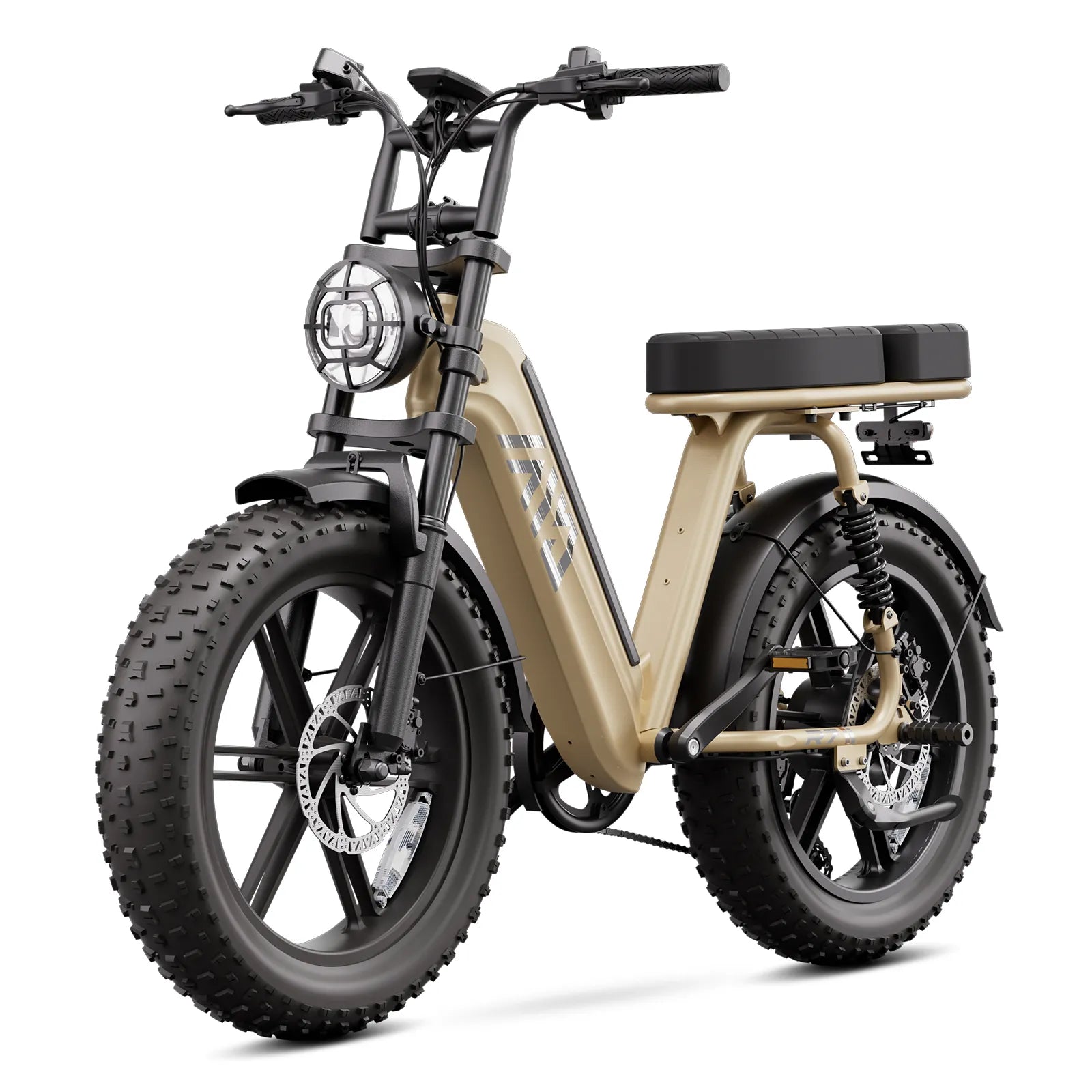
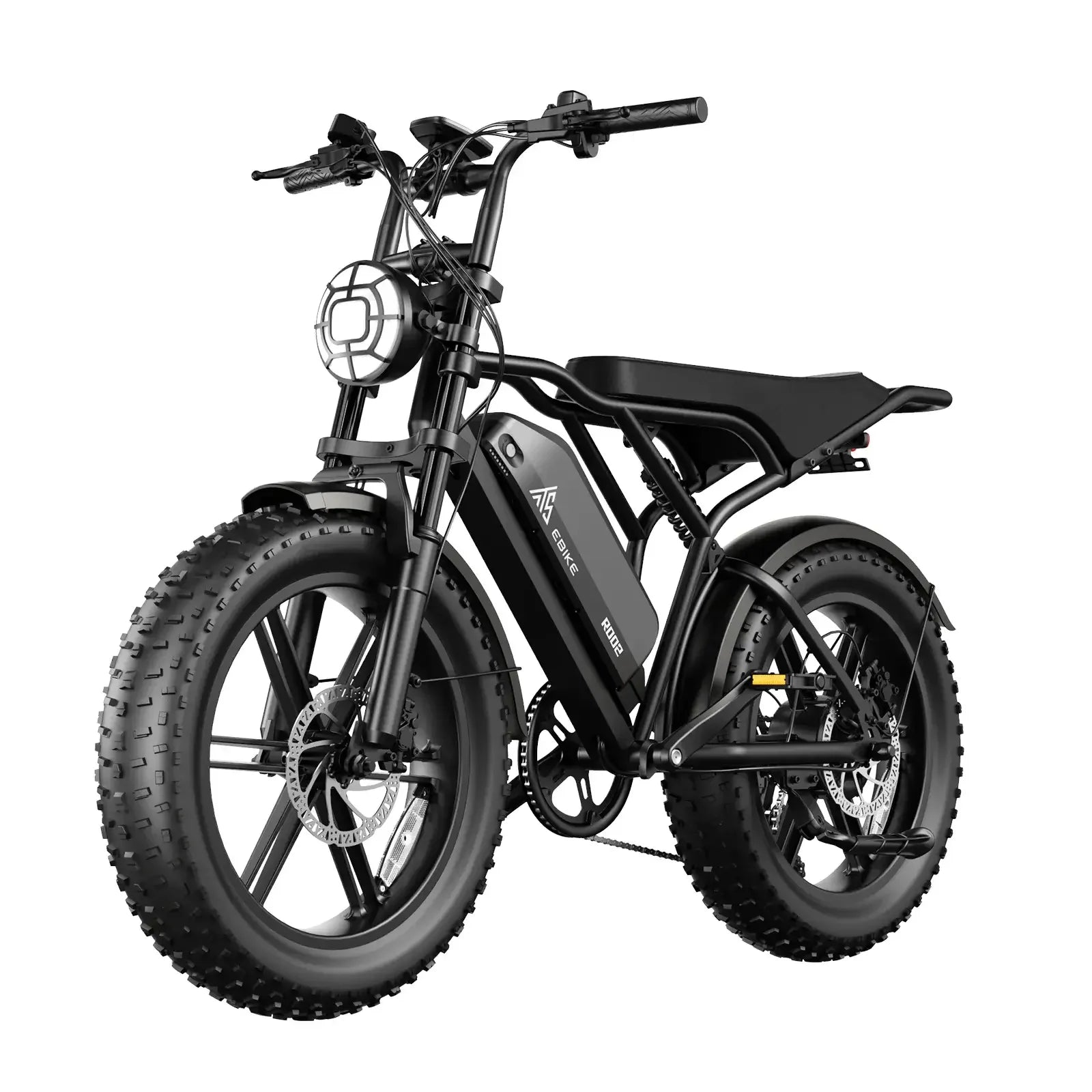

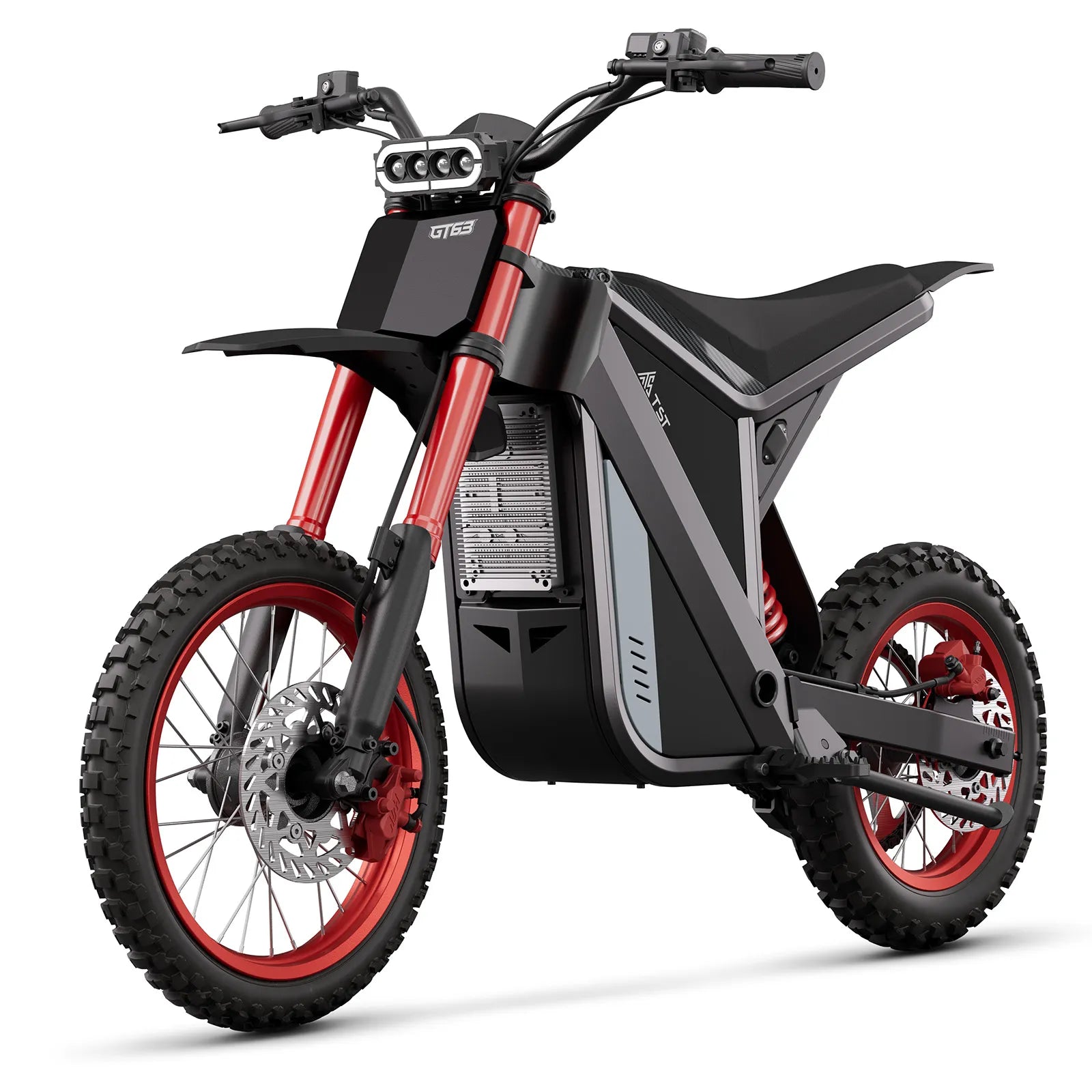
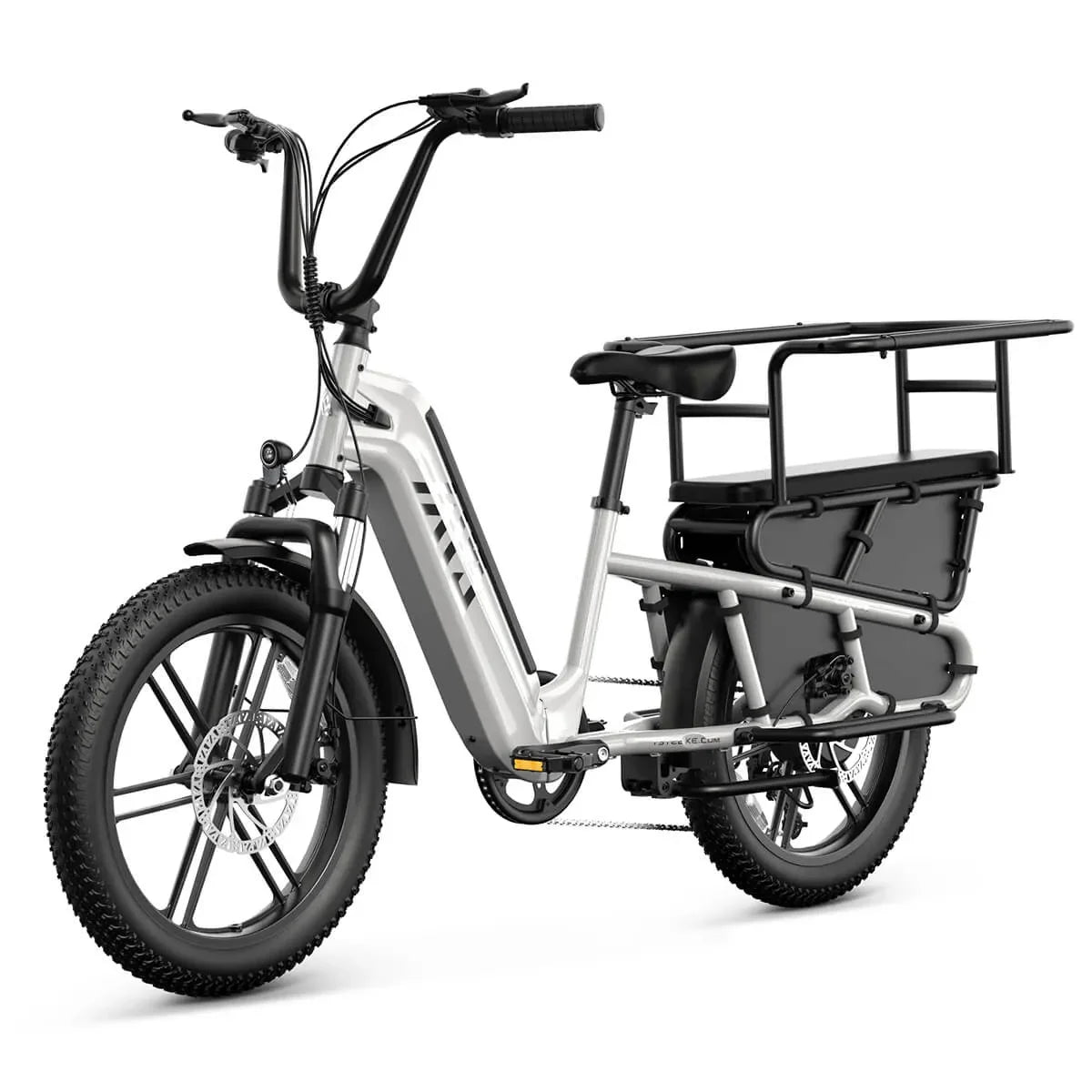
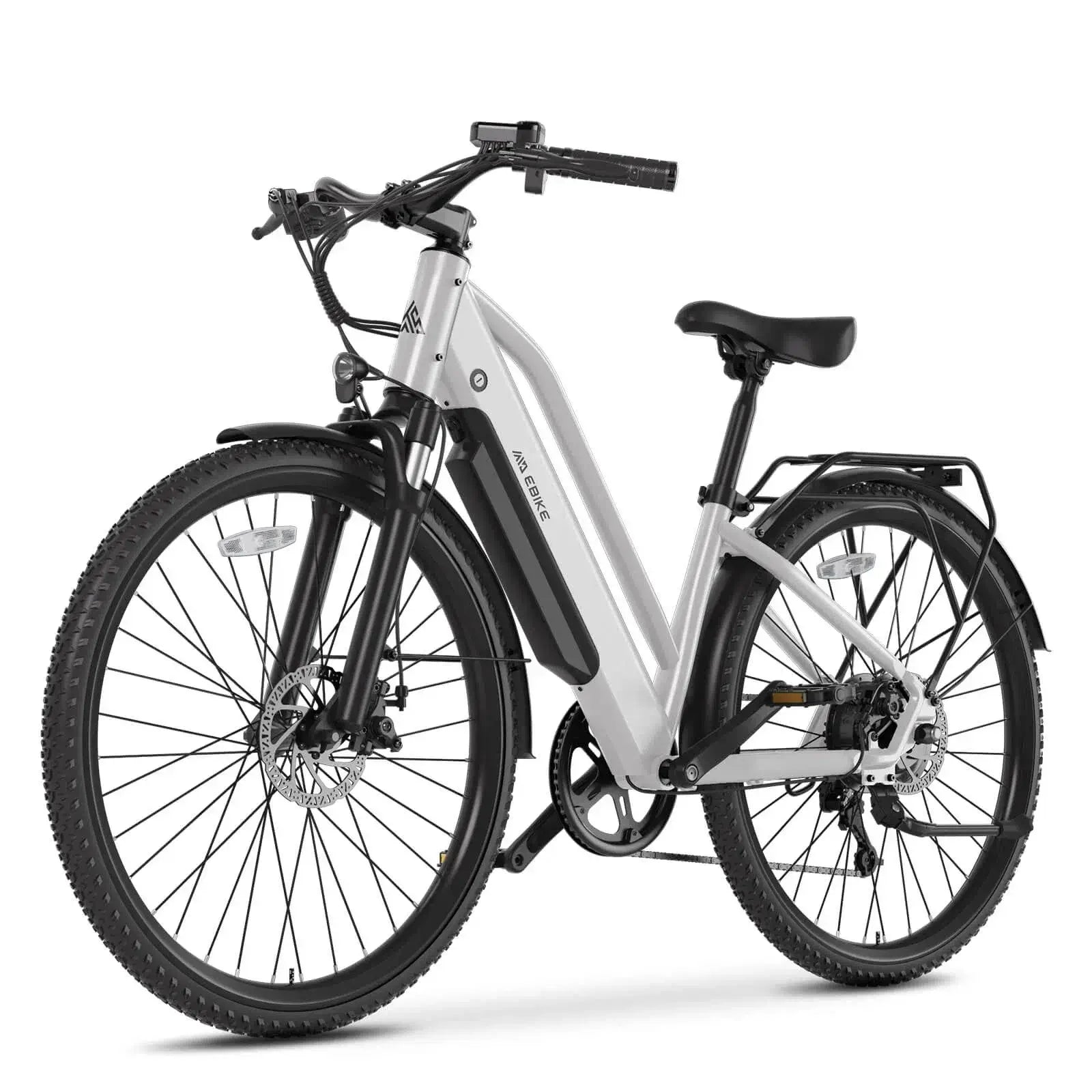
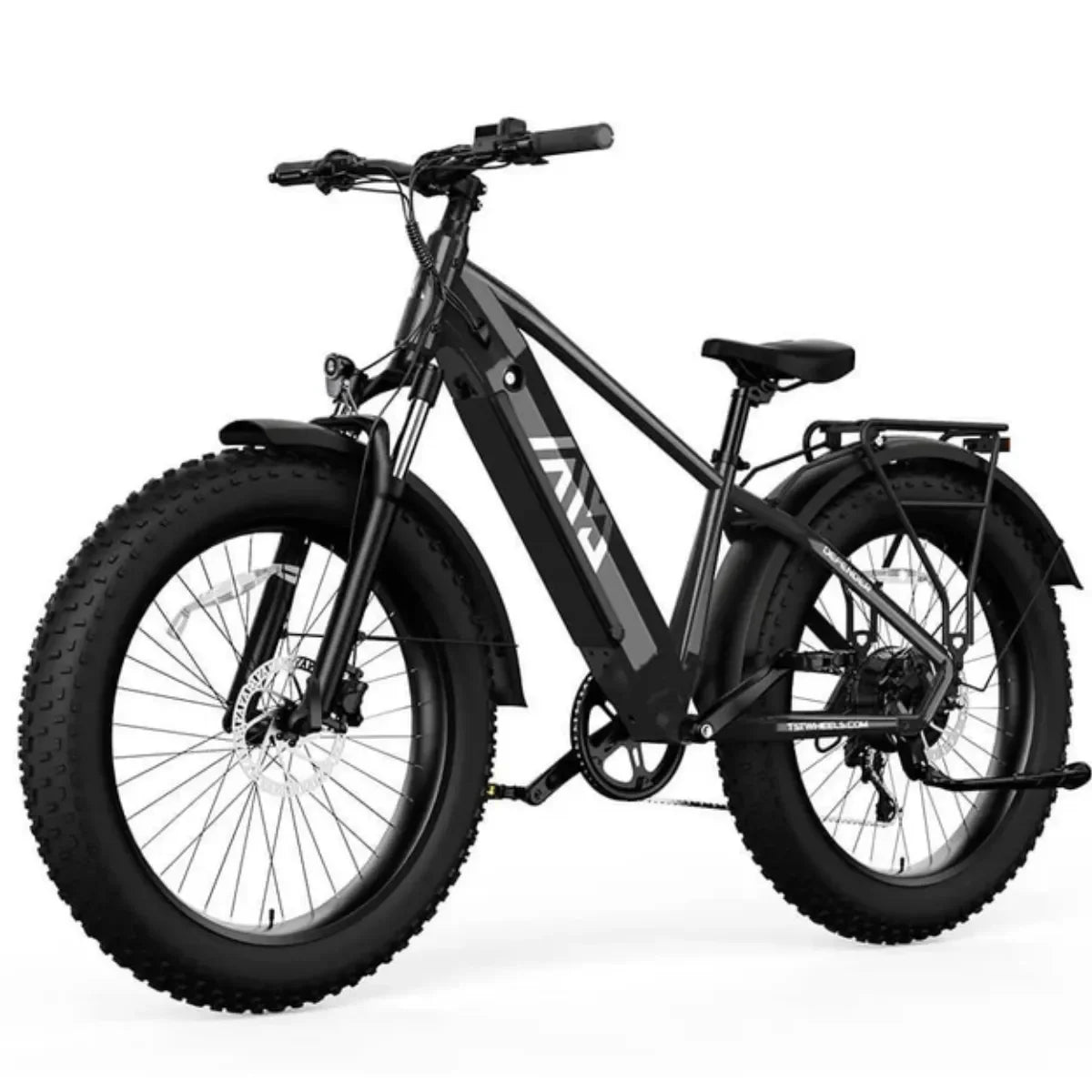
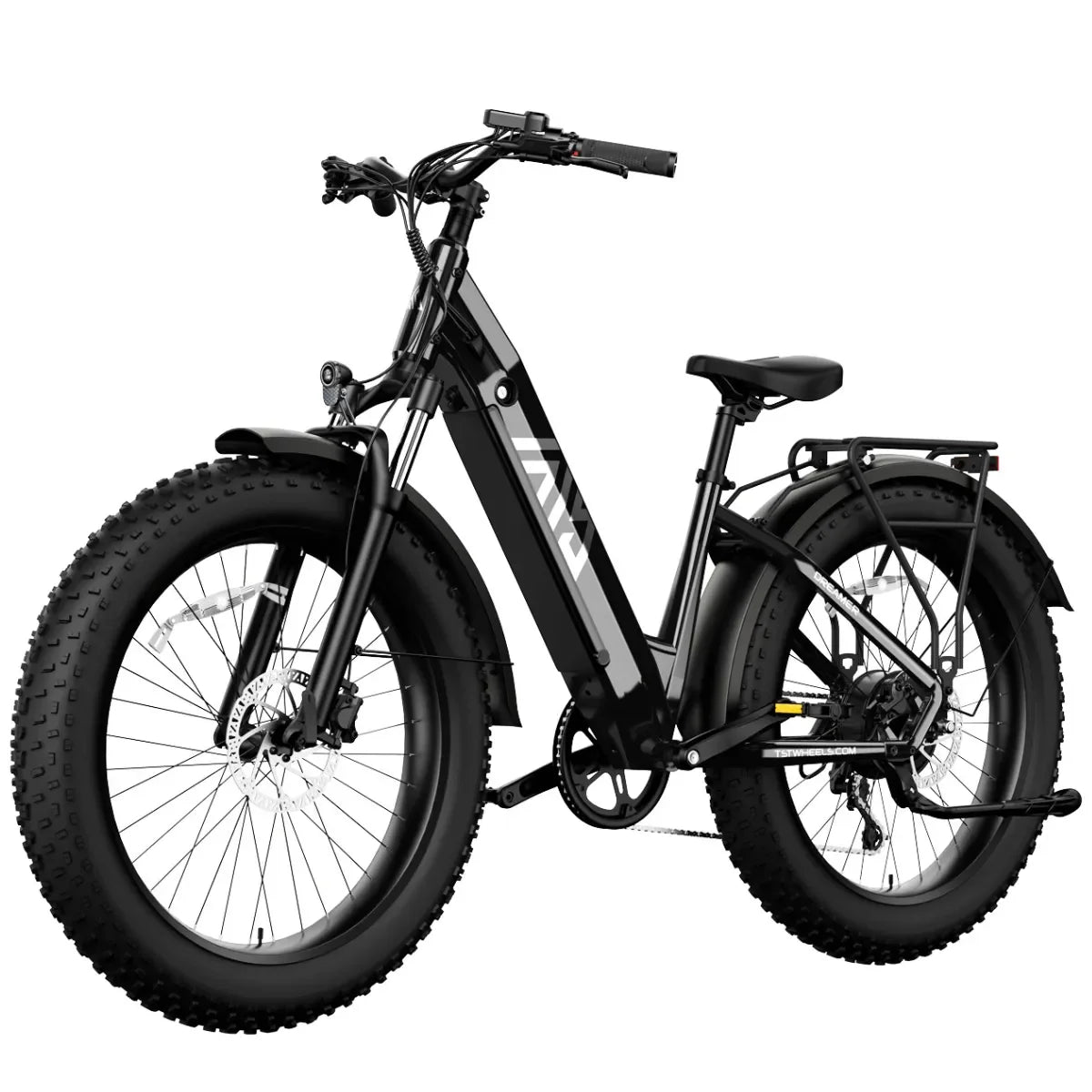
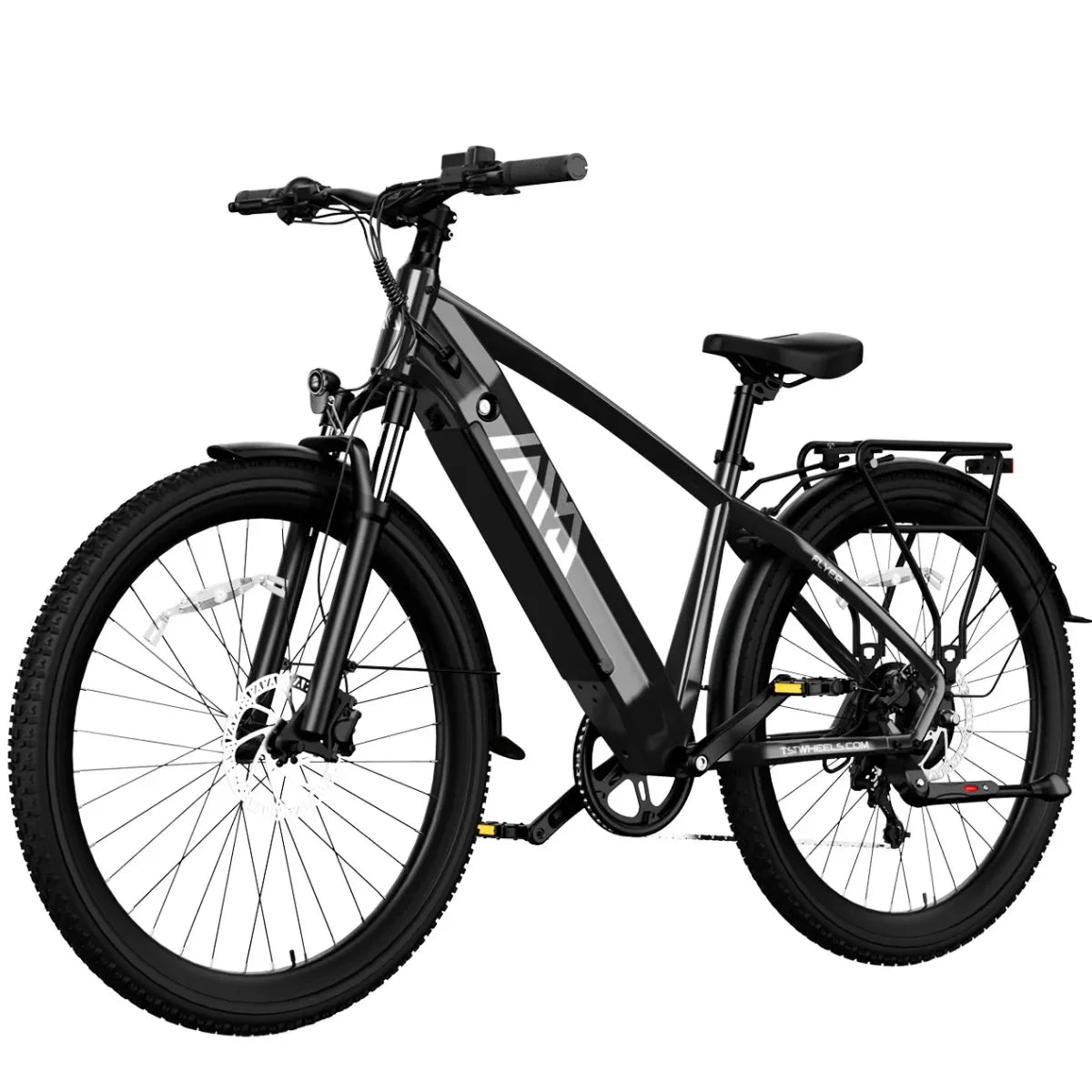
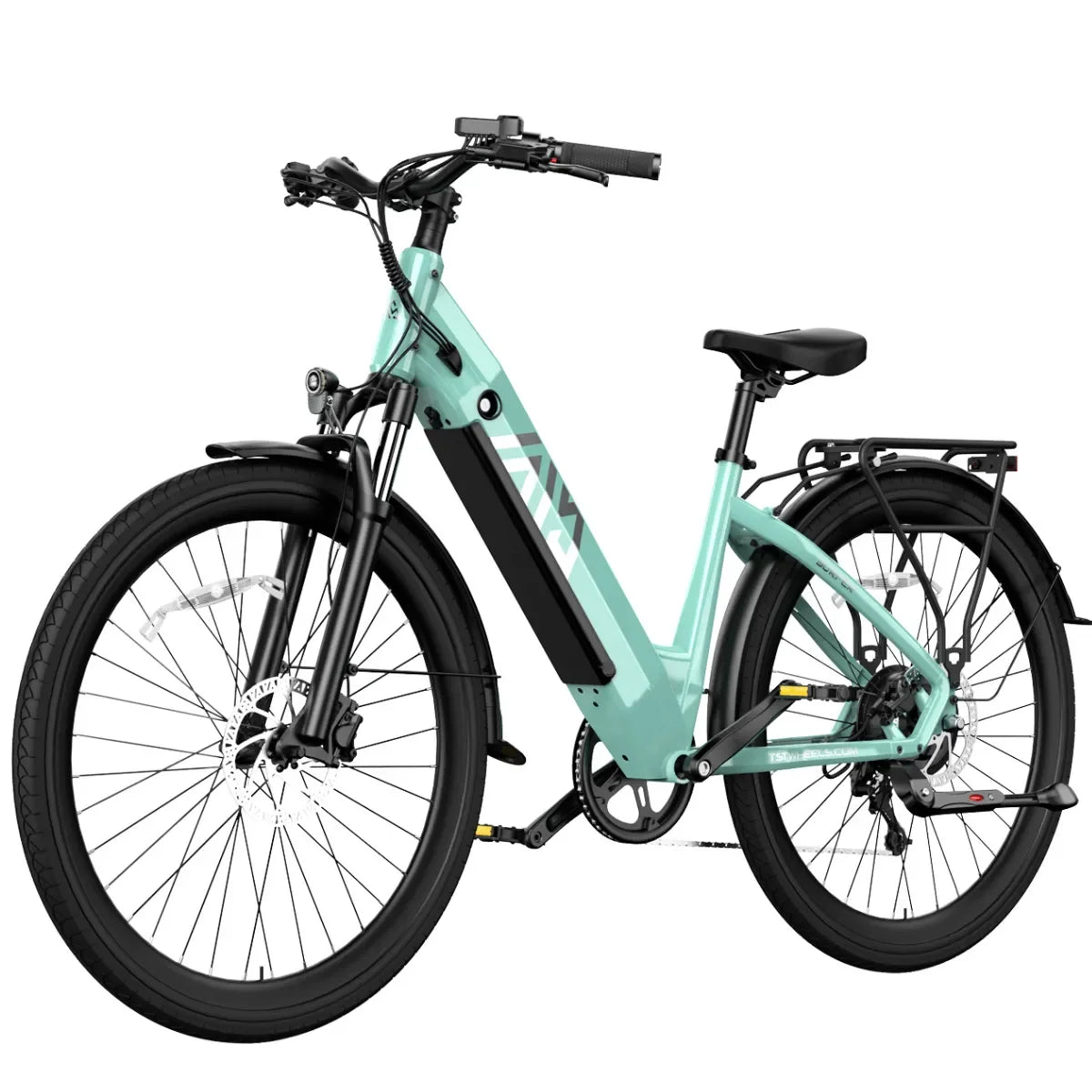
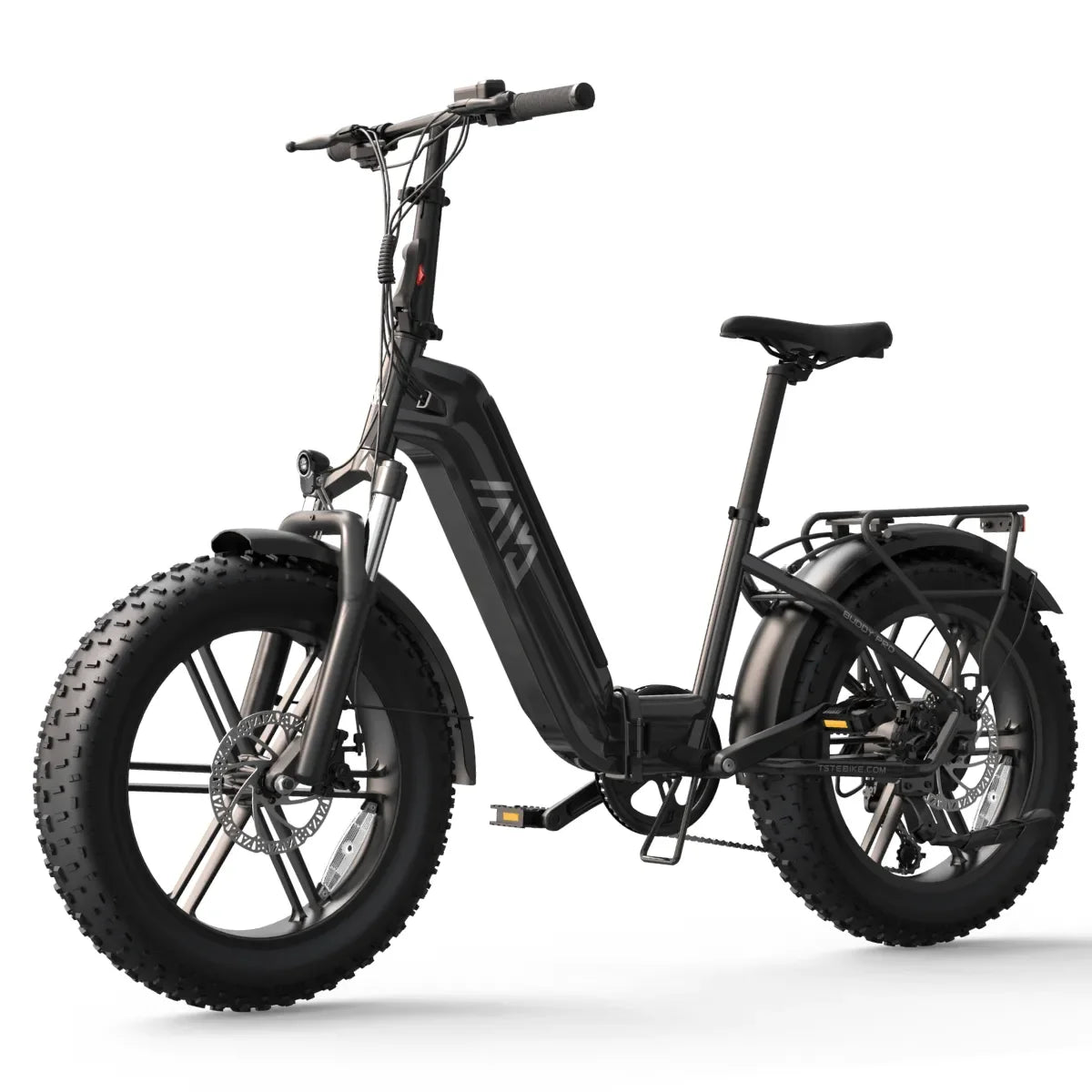
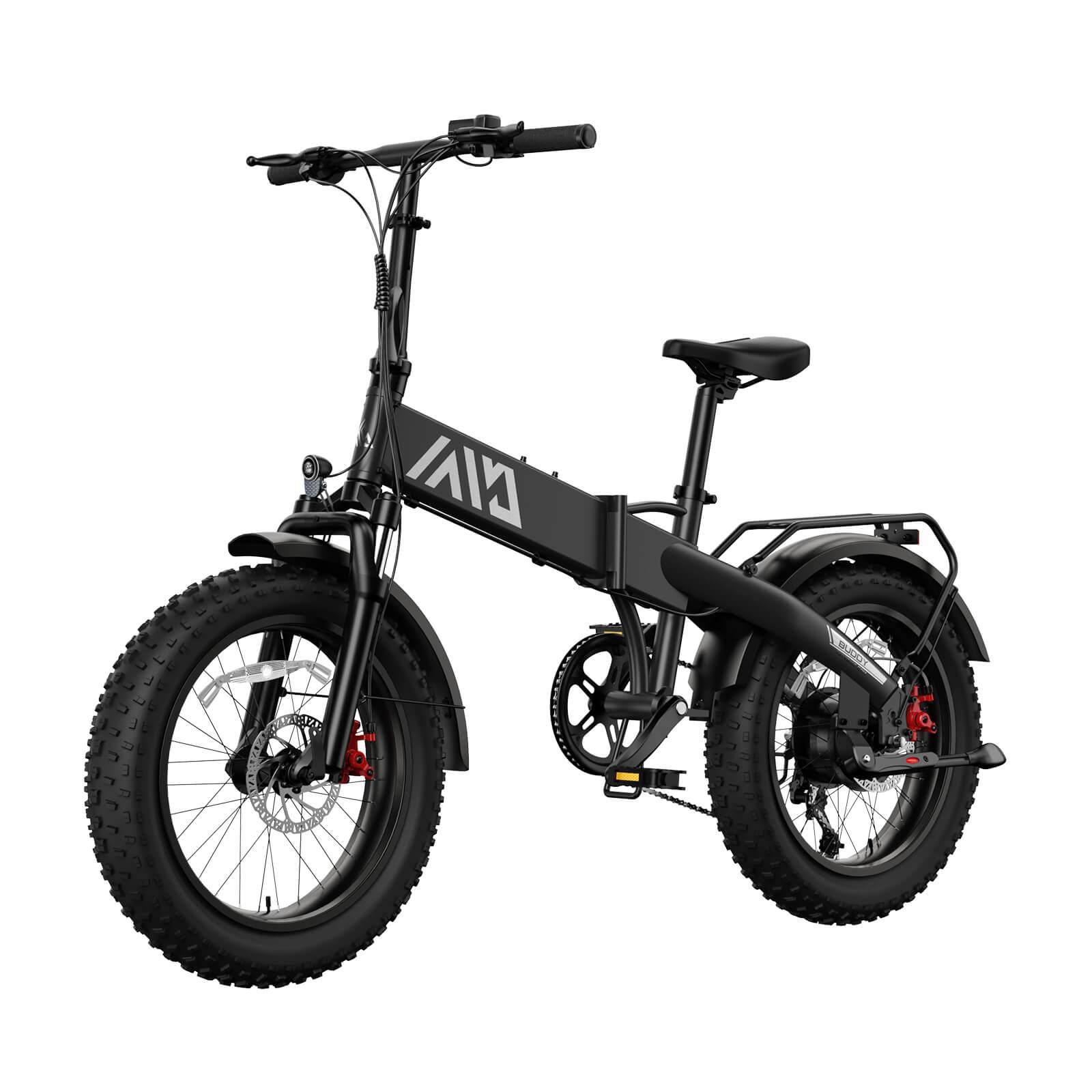
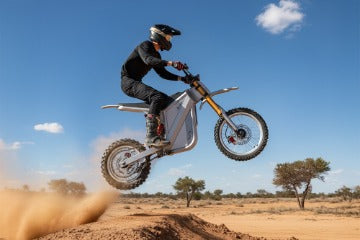
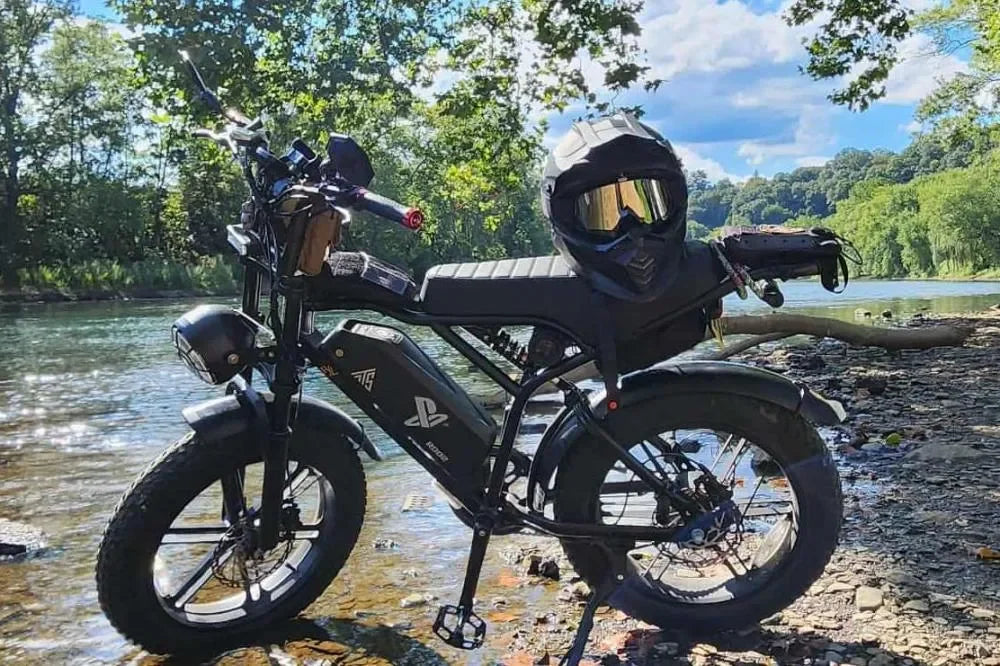
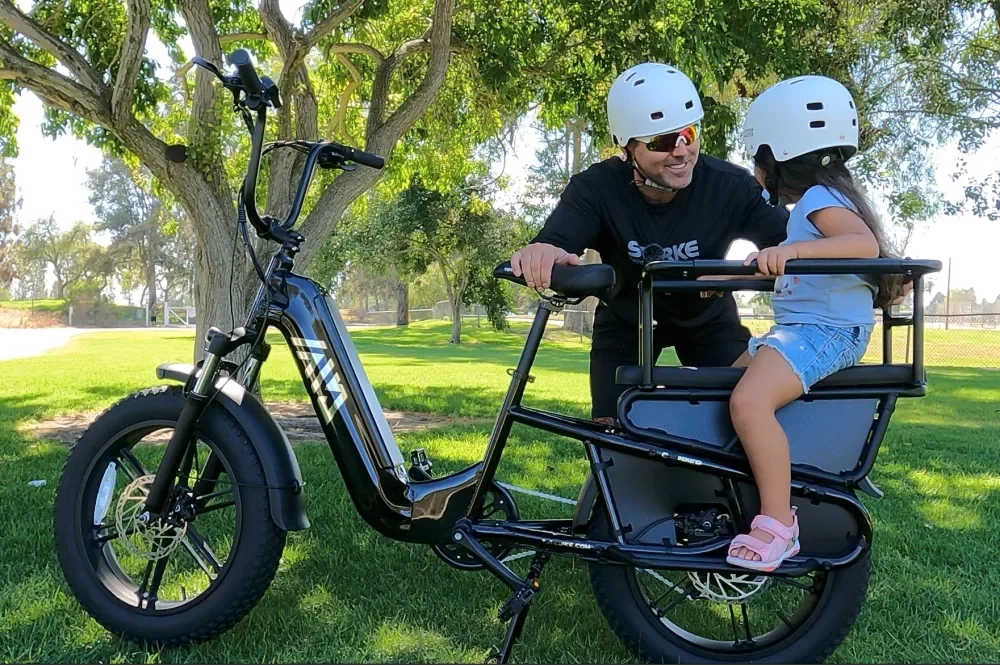
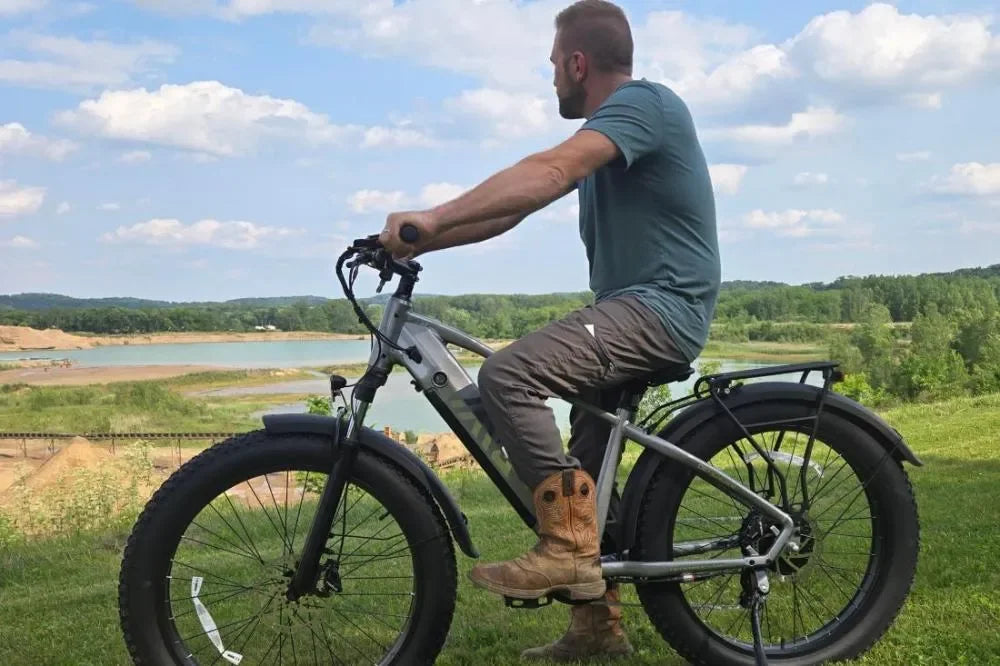
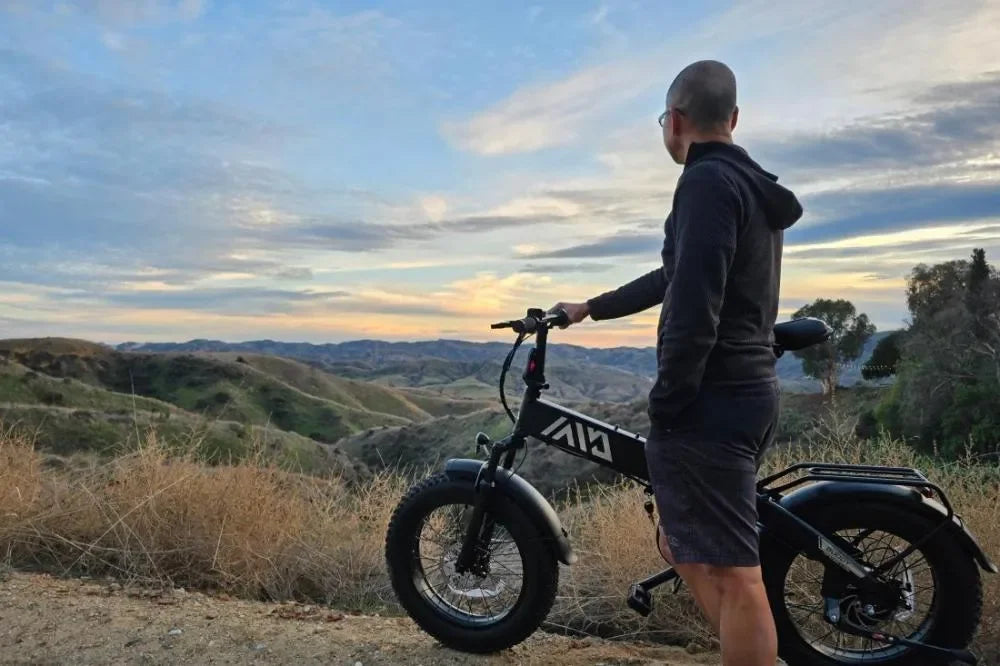
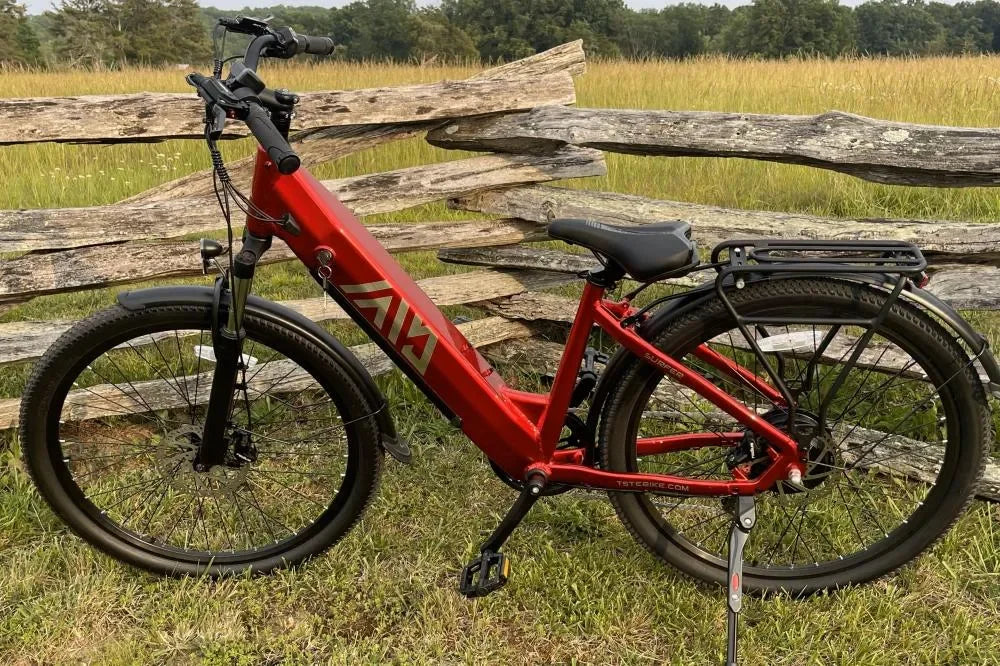
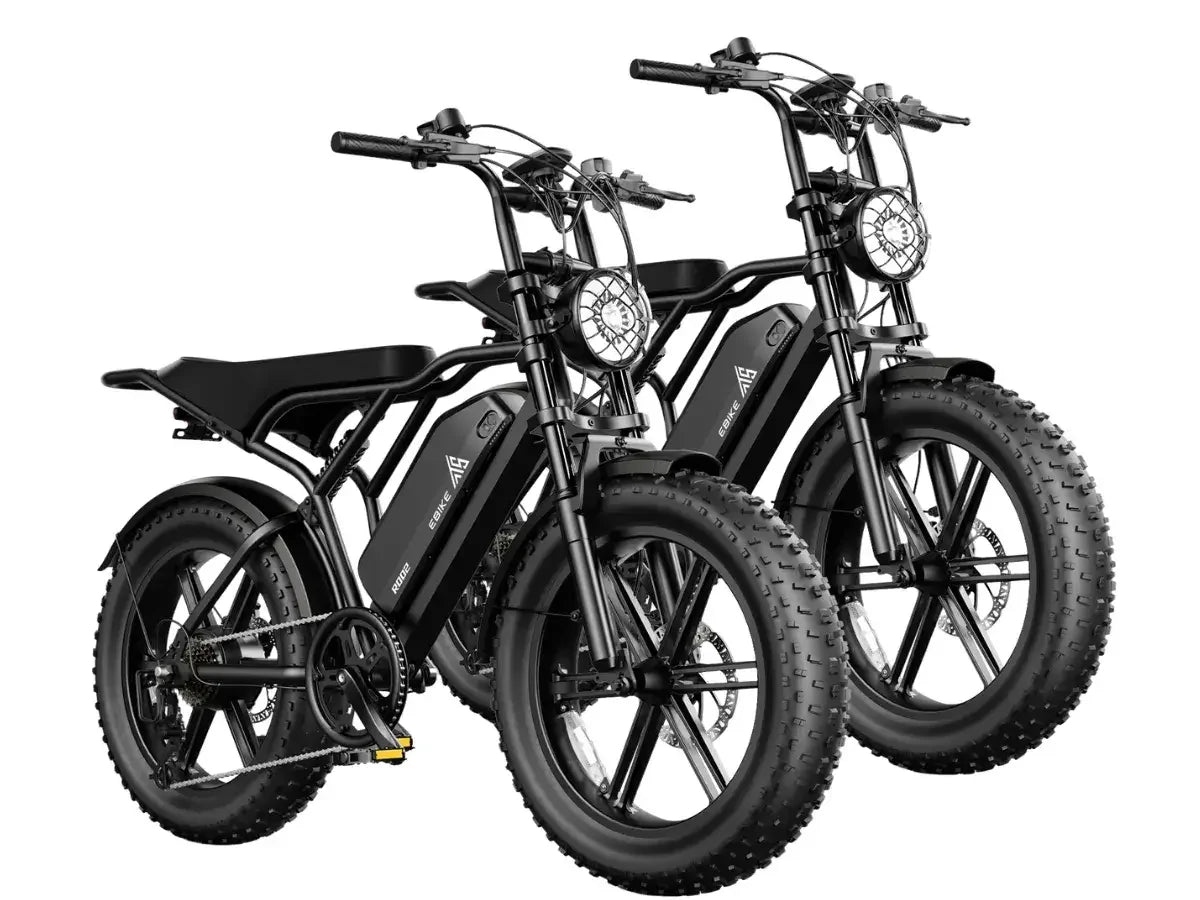
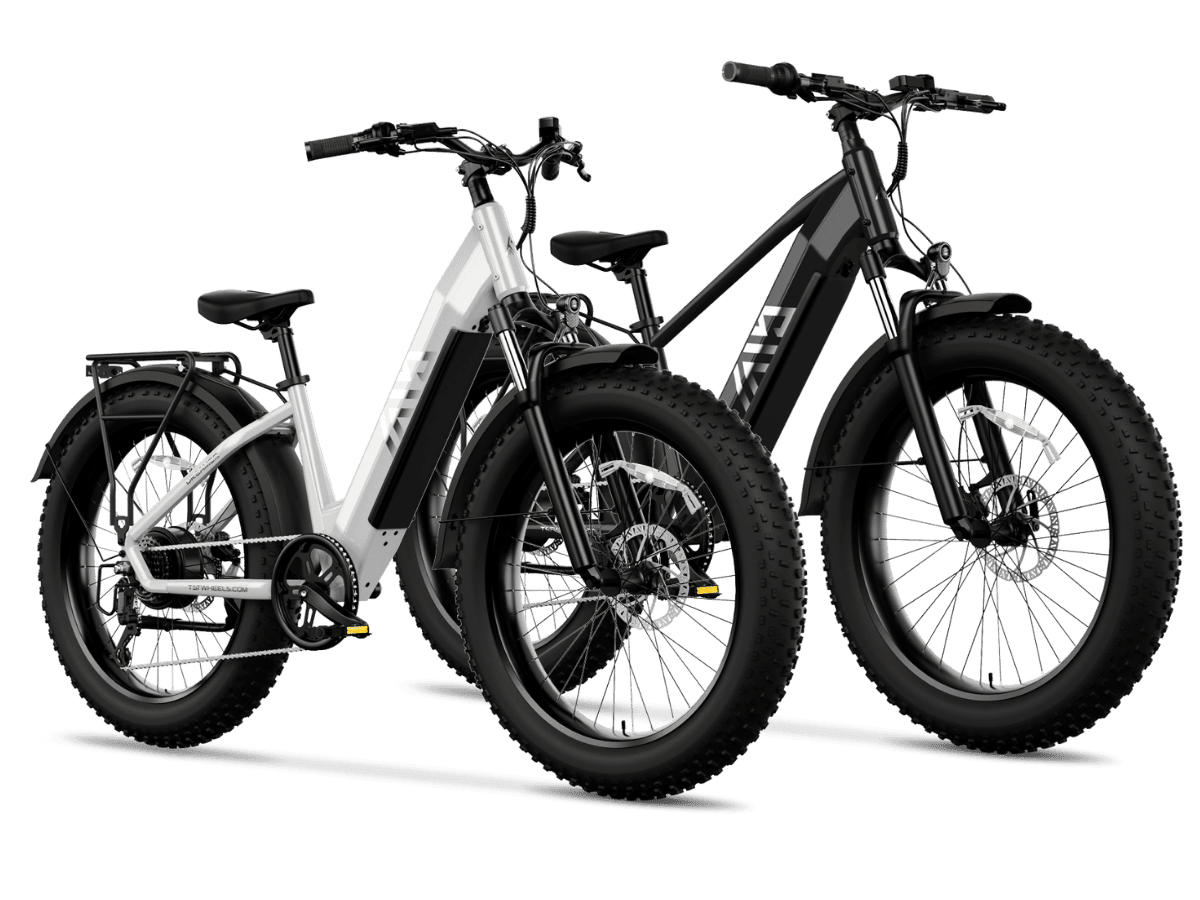
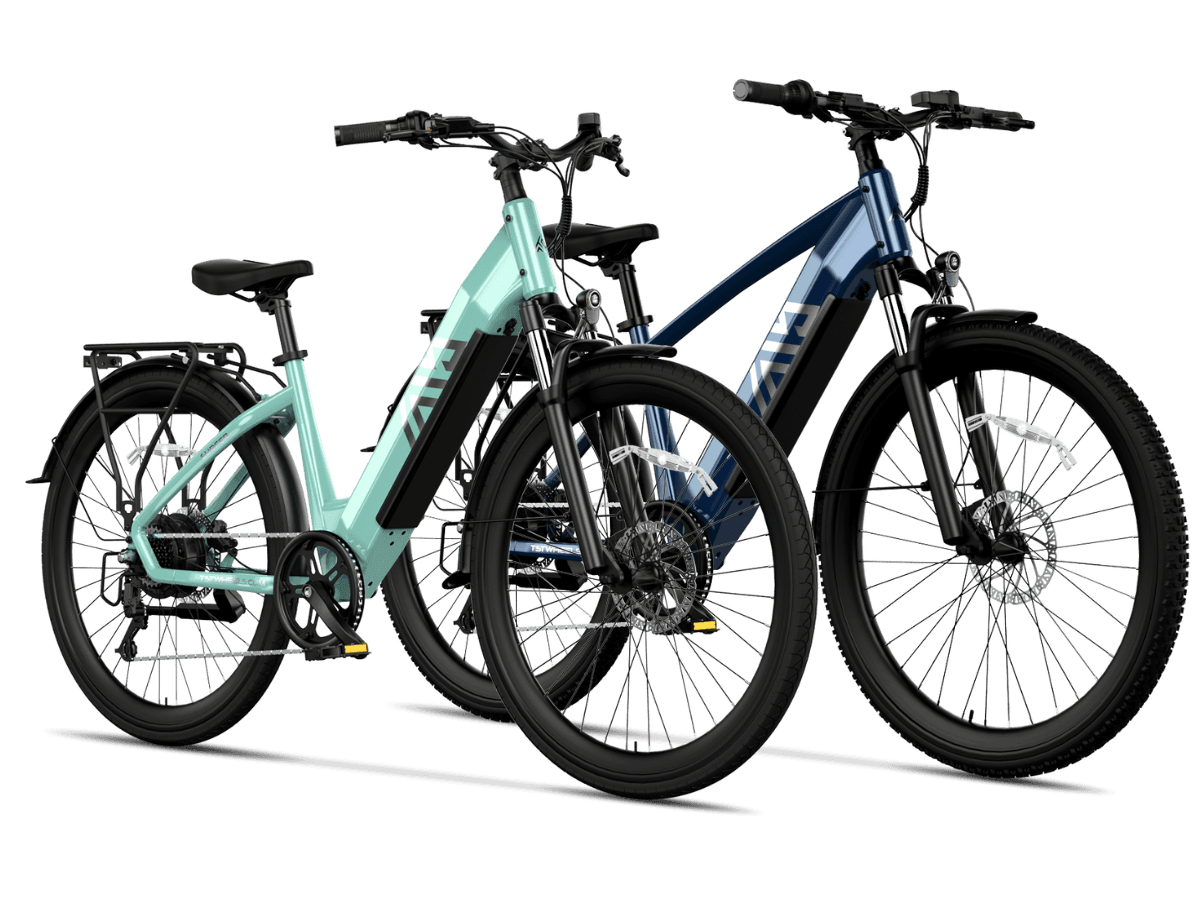
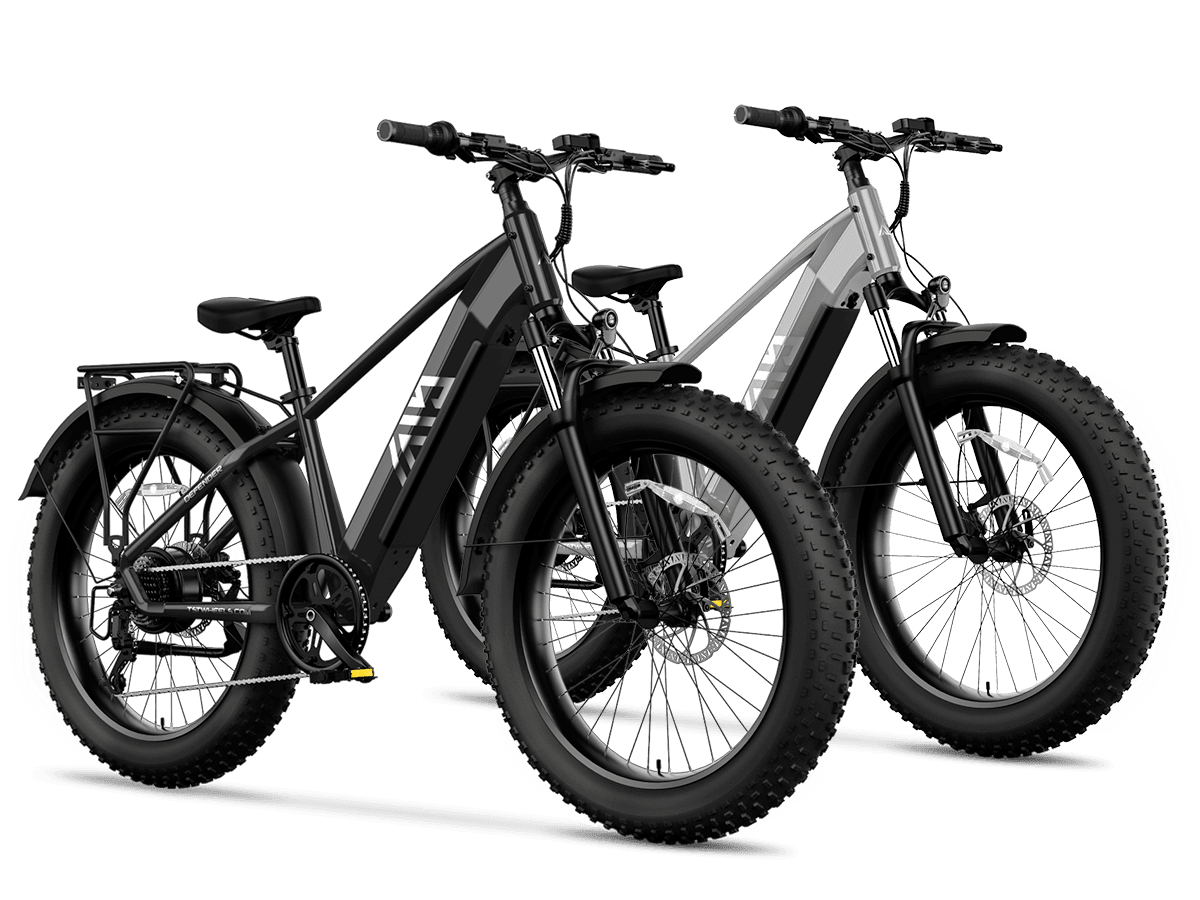
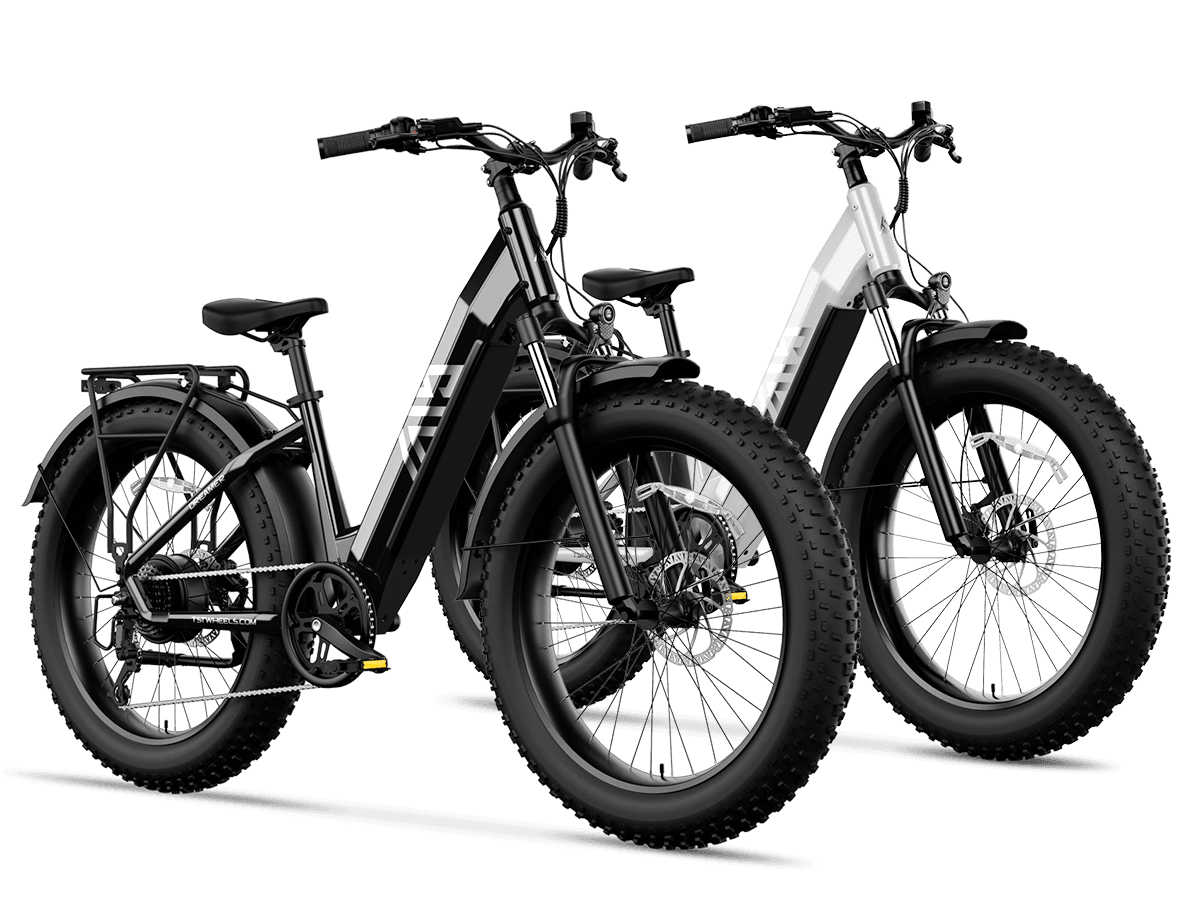
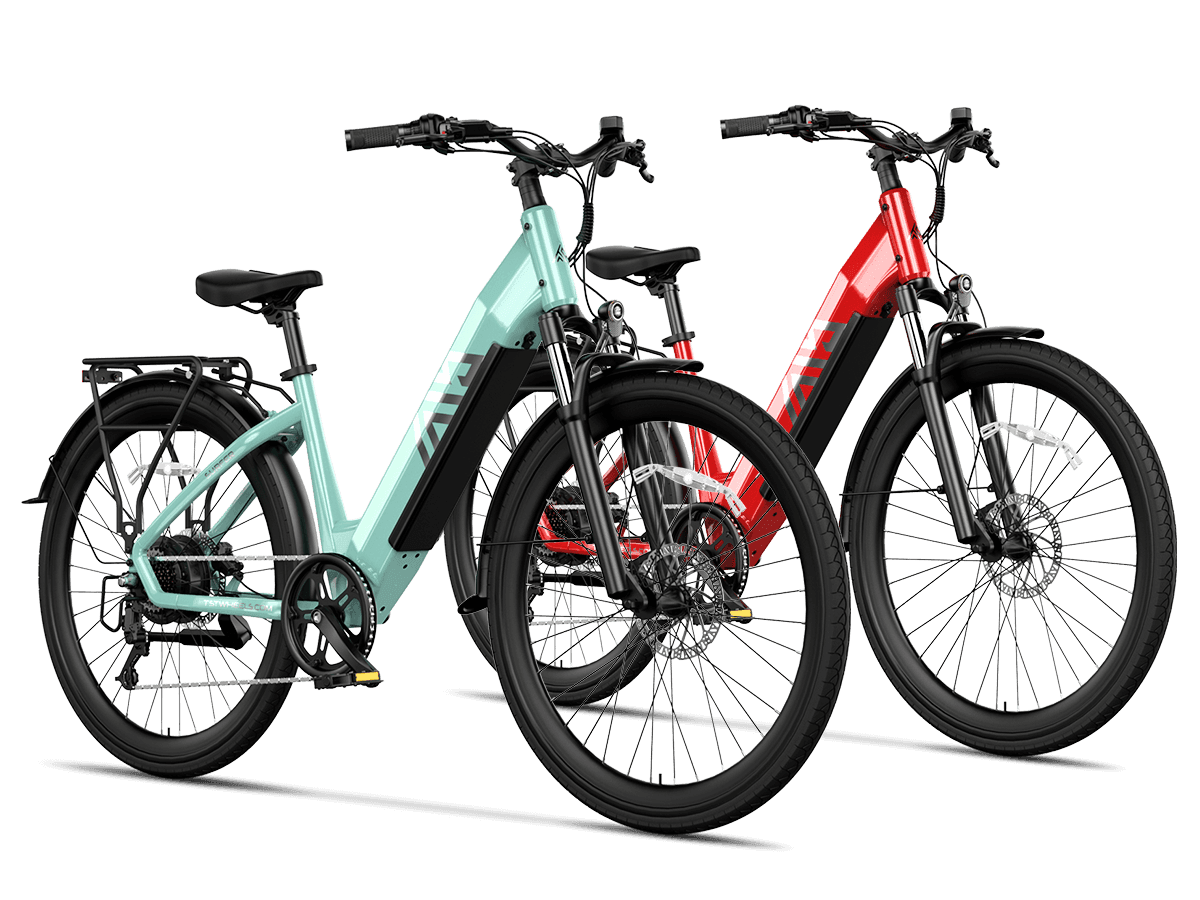
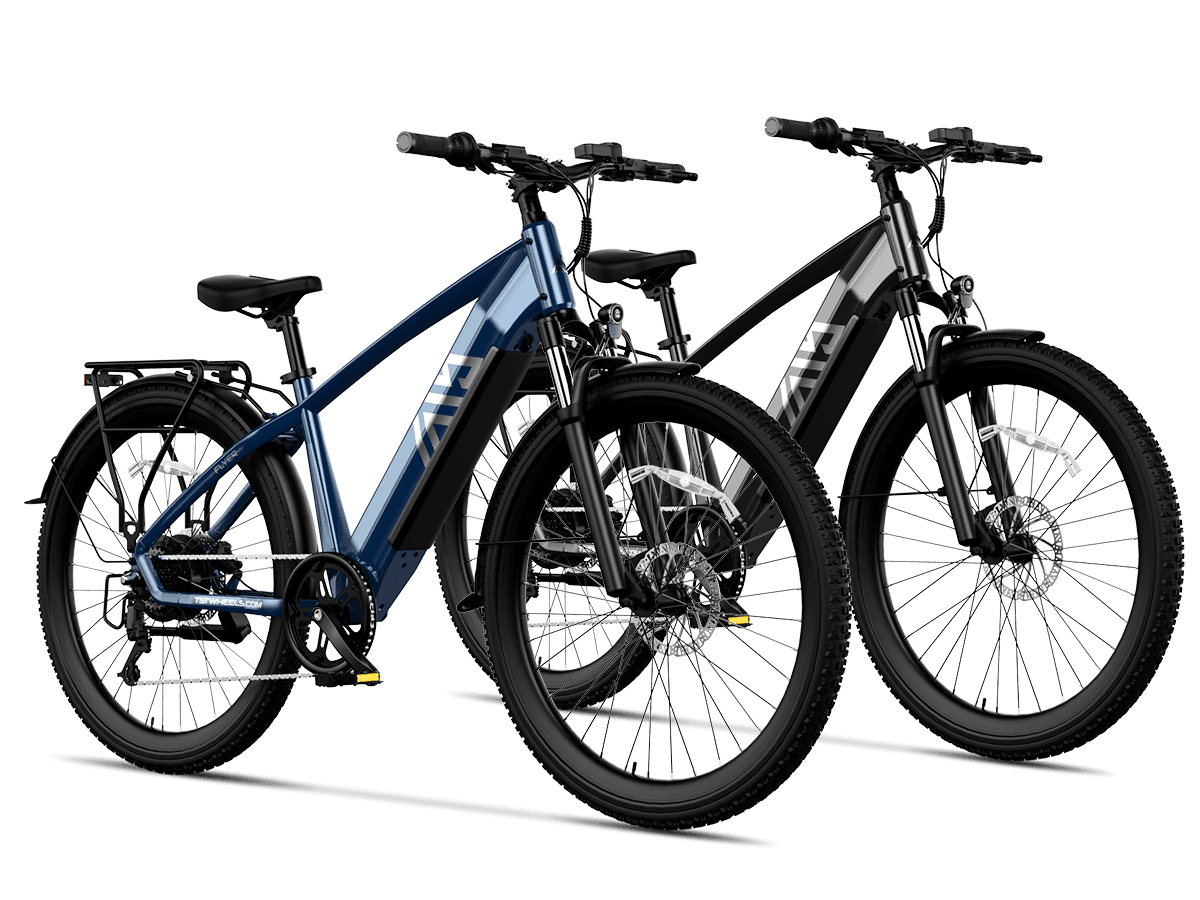
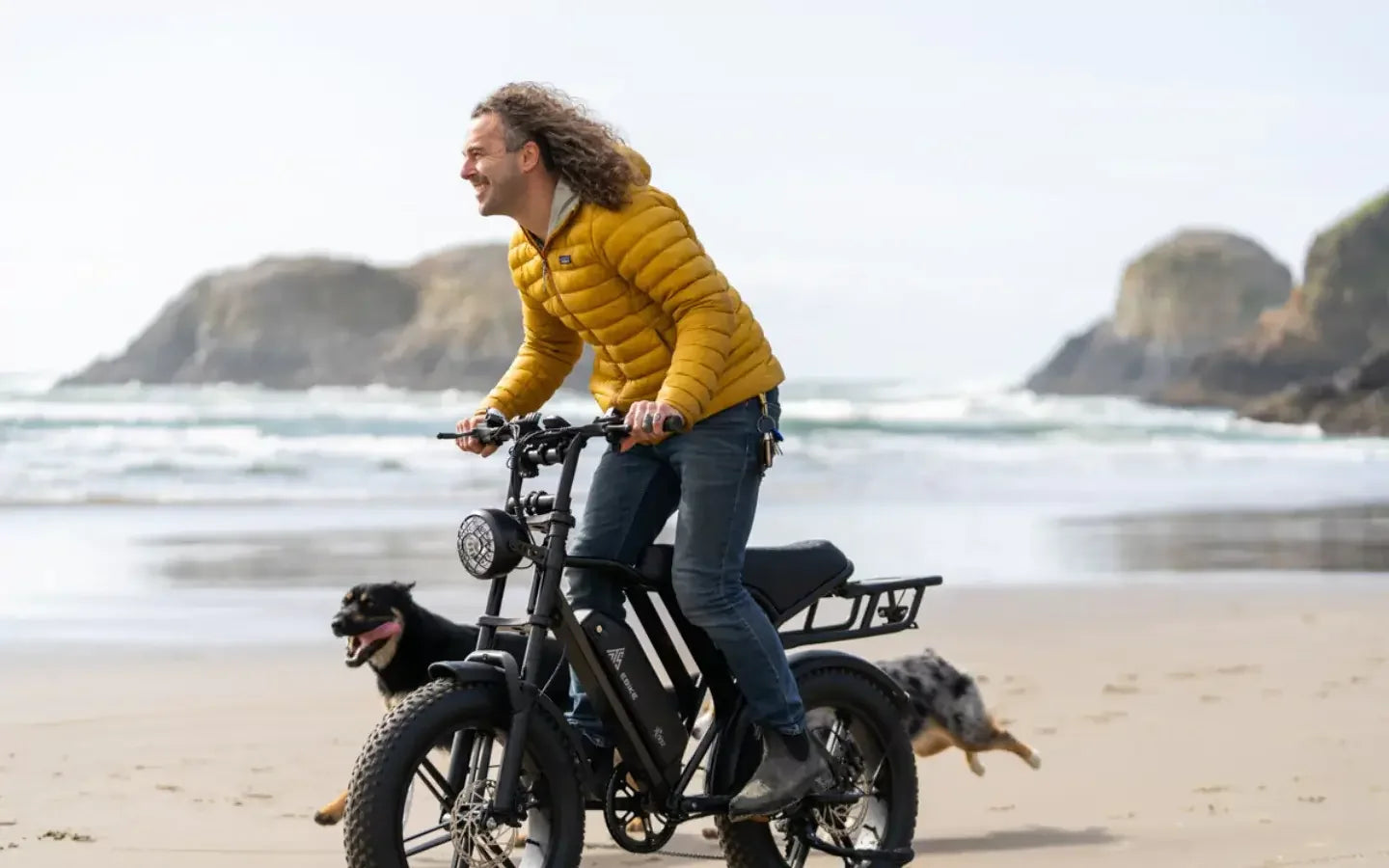
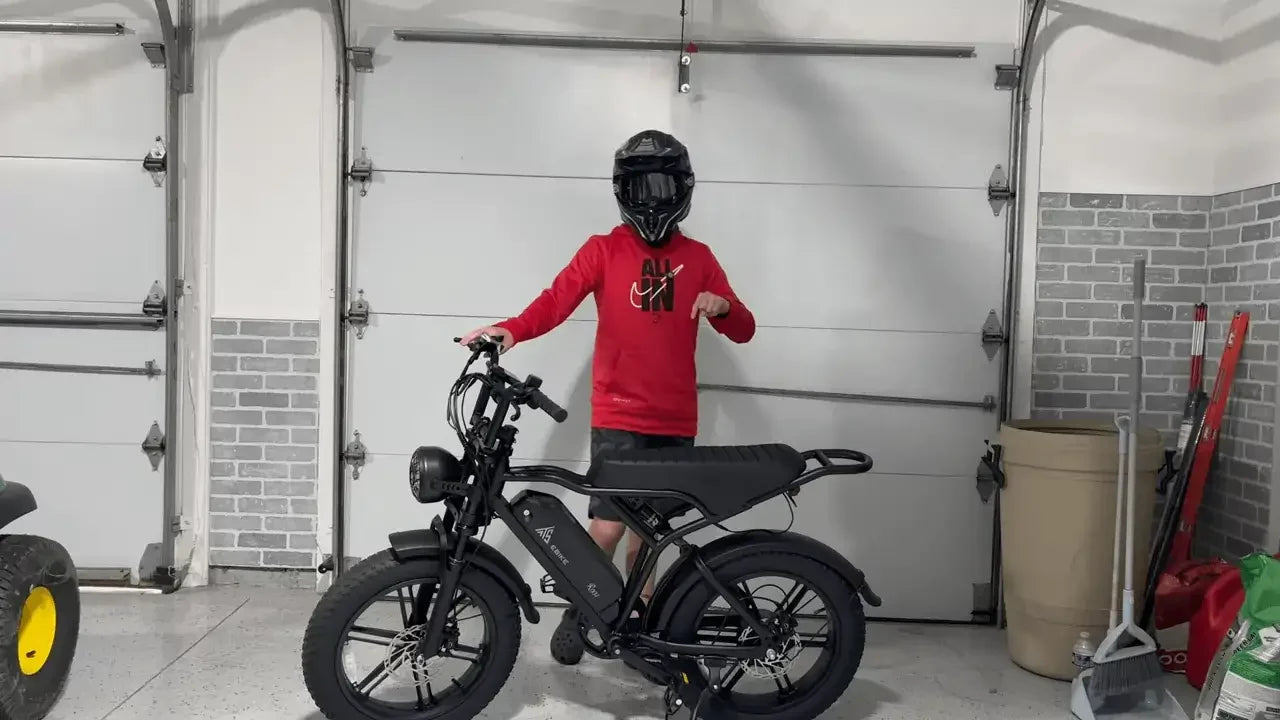
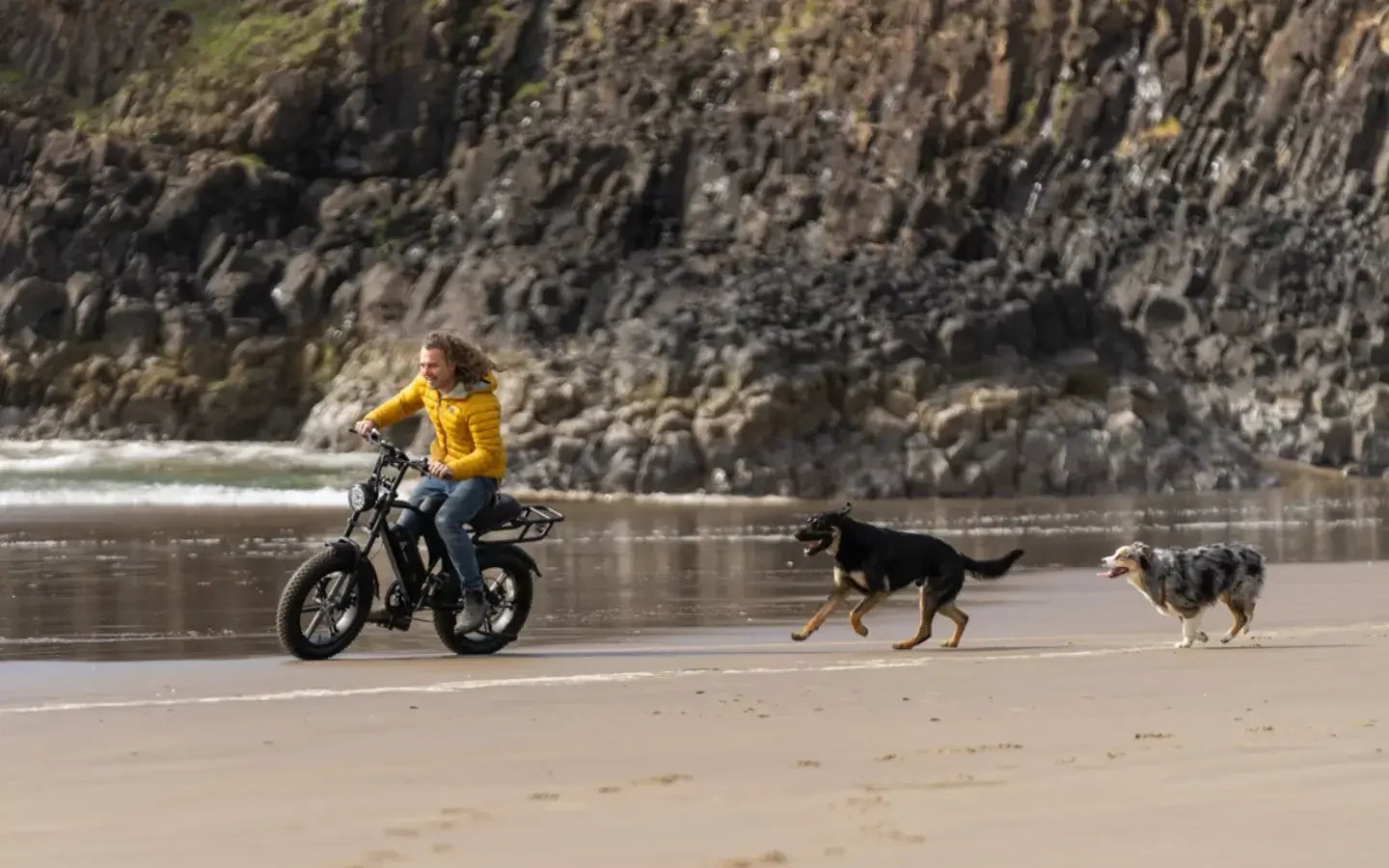
Leave a comment
This site is protected by hCaptcha and the hCaptcha Privacy Policy and Terms of Service apply.